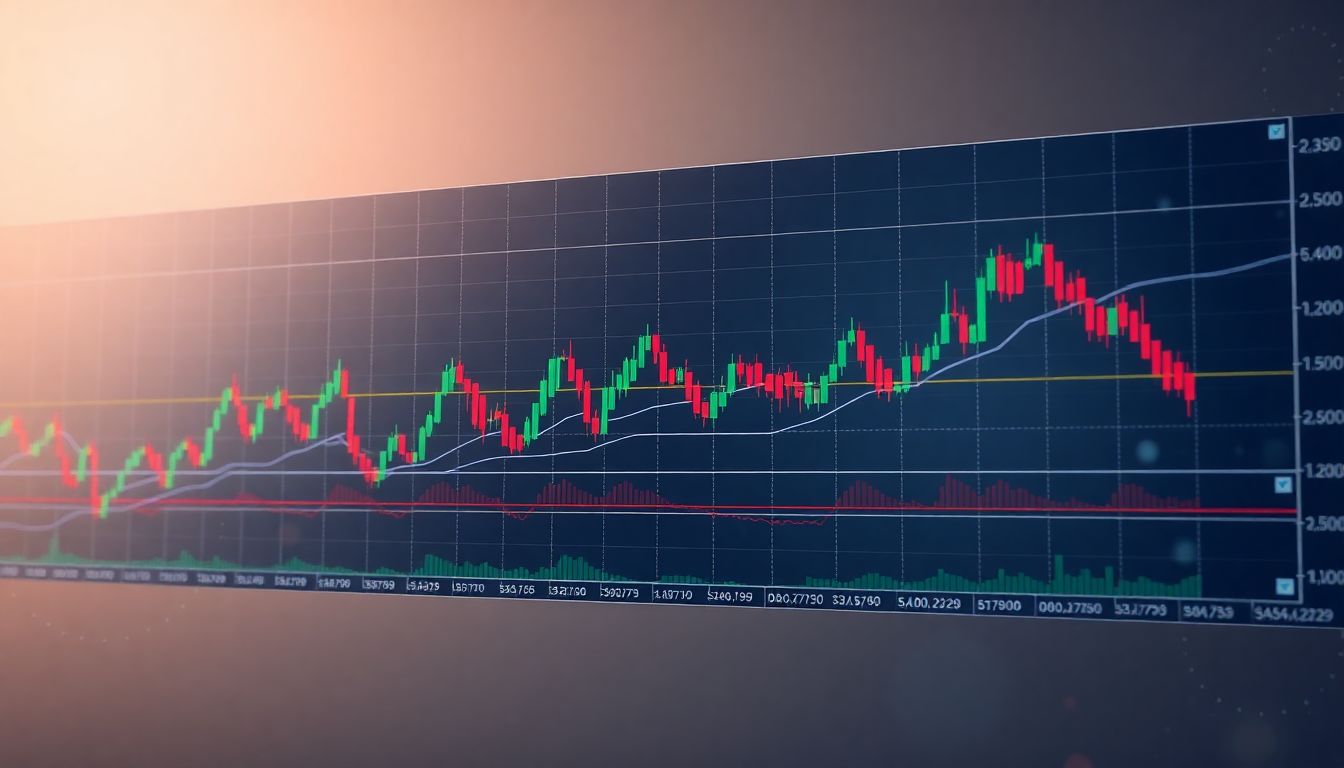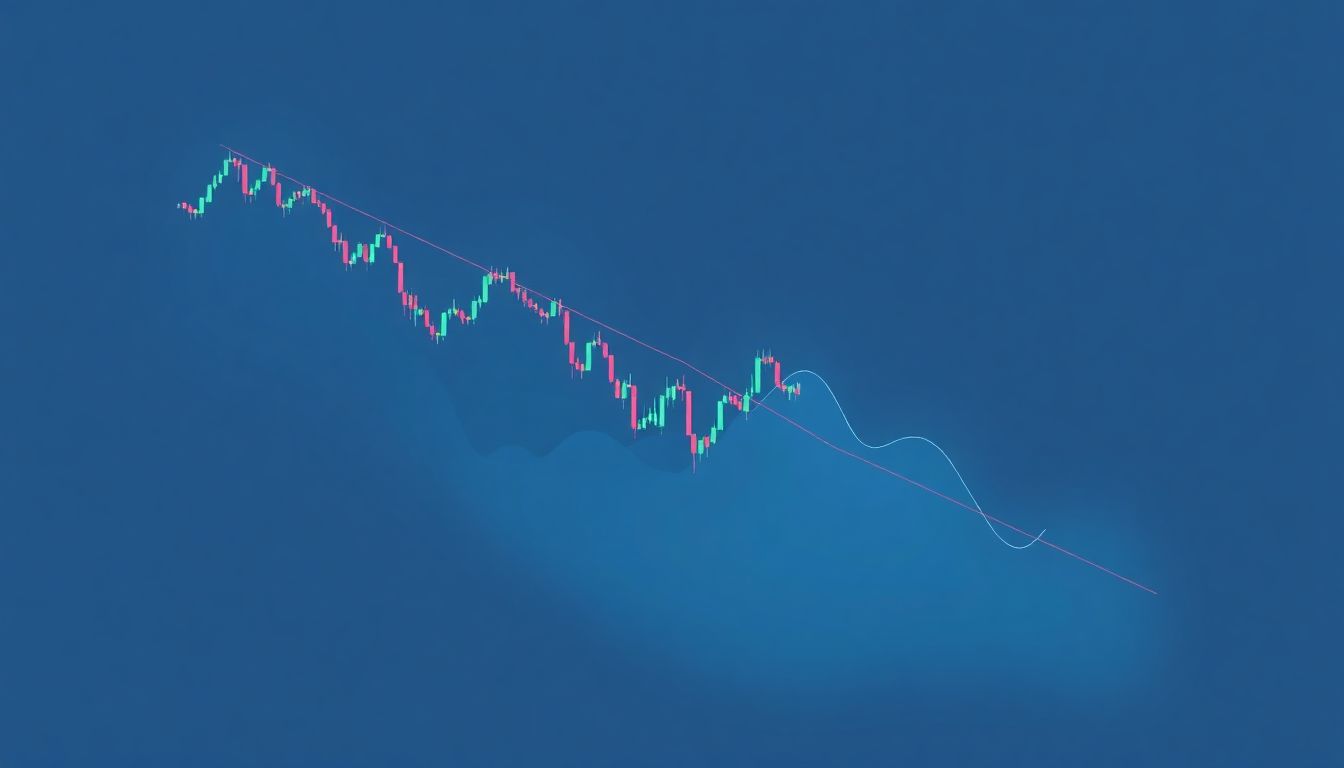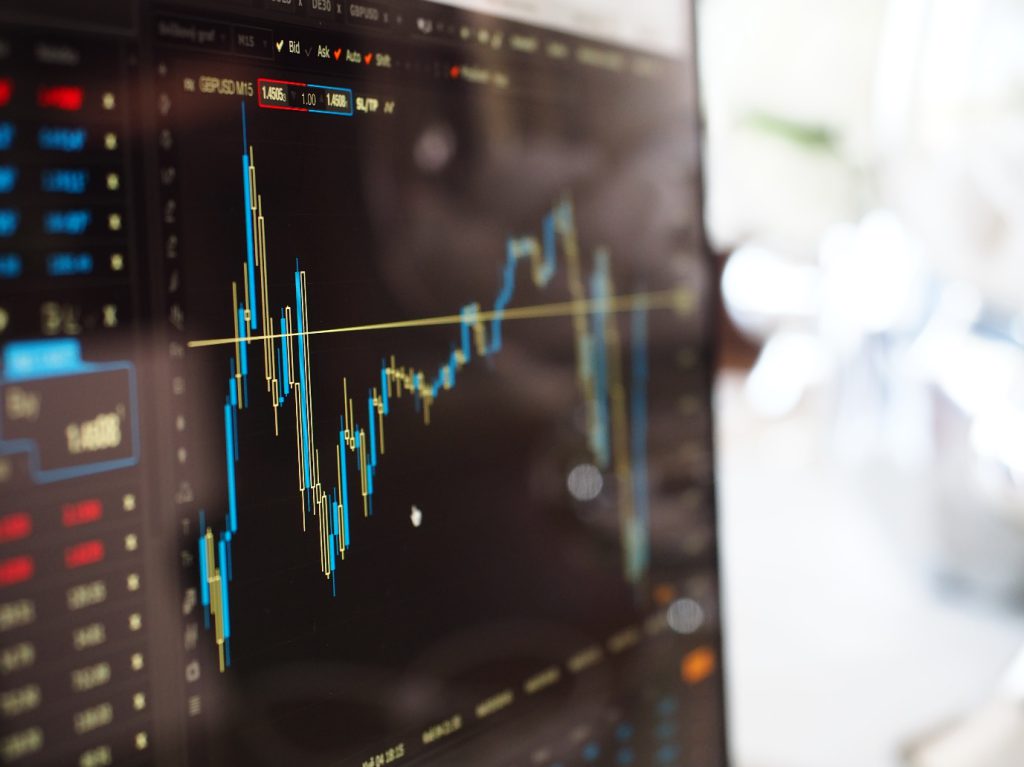
Introduction: Riding the Waves of Currency Markets with Moving Averages
The world of Forex trading is both exciting and daunting. With currencies constantly fluctuating, traders must navigate a sea of opportunity and risk. One of the most useful tools in a trader’s toolkit is the moving average. This powerful indicator can help spot trends and make informed trading choices.
The Allure and Risk of Forex Trading
Forex trading offers great profit potential. However, it also comes with significant risks. Many traders find themselves overwhelmed by market changes. Learning how to interpret market signals is critical for success.
Unlocking Predictive Power: The Role of Moving Averages
Moving averages serve as indicators that smooth out price data. They help traders discern trends over specific periods. By using moving averages, you can reduce noise from random price fluctuations. This clarity allows for better decision-making.
Setting the Stage: What You’ll Learn
In this article, you will discover:
- Different types of moving averages
- How to interpret moving average crossovers
- Ways to combine moving averages with other indicators
- Tips for optimizing your moving average strategy
- The importance of backtesting and refinement
Understanding Moving Averages: Types and Calculations
Grasping the nuances of moving averages is essential for all traders. Here are the main types you’ll encounter.
Simple Moving Average (SMA): The Basics
The Simple Moving Average (SMA) calculates the average price over a specified number of periods. For example, a 10-day SMA adds the closing prices from the last ten days and divides by ten. This approach shows the overall trend without getting caught up in daily price swings.
Exponential Moving Average (EMA): A Deeper Dive
The Exponential Moving Average (EMA) gives more weight to recent prices. This makes it more sensitive to price changes, allowing traders to react quickly. Traders often prefer the EMA when looking for short-term signals.
Weighted Moving Average (WMA): Tailoring to Your Strategy
The Weighted Moving Average (WMA) assigns different weights to prices, usually prioritizing recent data. This method can be useful for traders who wish to emphasize the latest trends while still considering historical data.
Interpreting Moving Average Crossovers: Buy and Sell Signals
Crossovers between moving averages can signal potential trading opportunities.
Identifying Golden Crosses: Bullish Opportunities
A Golden Cross occurs when a short-term moving average crosses above a long-term moving average. This often indicates that a bullish trend is beginning. Traders may choose to buy at this point, anticipating upward movement.
Recognizing Death Crosses: A Bearish Warning
A Death Cross is the opposite scenario. It happens when a short-term moving average crosses below a long-term moving average. This crossover can foreshadow a bearish market. Many traders will consider selling to avoid losses.
Avoiding False Signals: Context is Key
While crossovers can be beneficial indicators, they can also lead to false signals. Always consider market conditions when interpreting these events. Context matters greatly in making sound trading decisions.
Integrating Moving Averages with Other Indicators
Using moving averages in combination with other indicators enhances trading strategies.
Combining with RSI: Enhancing Confirmation
The Relative Strength Index (RSI) measures market momentum. Combining it with moving averages can provide confirmation of signals. For example, if both the RSI and moving averages suggest a buy, that strengthens the case for action.
Using with MACD: Refining Entry and Exit Points
The Moving Average Convergence Divergence (MACD) is another effective tool. This indicator shows the relationship between two EMAs. Pairing MACD with moving averages can refine entry and exit points, providing clarity when making trades.
Moving Average Convergence Divergence (MACD): Identifying Momentum Shifts
With MACD, you can identify shifts in market momentum. Observing how the moving averages converge and diverge helps traders understand potential trend changes.
Optimizing Your Moving Average Strategy
A well-defined strategy is essential for making the most of moving averages.
Choosing the Right Period Length: Finding Your Sweet Spot
Selecting the appropriate period for your moving average is crucial. Shorter periods can yield quicker signals, but may also increase noise. Conversely, longer periods smooth out fluctuations but may lag behind changes.
Multiple Moving Averages: Strength in Numbers
Using multiple moving averages can provide diverse perspectives. For instance, combining a short-term EMA with a long-term SMA can help you capture market shifts more effectively.
Risk Management and Position Sizing
Always incorporate risk management into your strategy. Position sizing is key to limiting losses and maximizing potential gains.
Backtesting and Refining Your Approach
To ensure your strategy works, backtesting against historical data is vital.
The Importance of Historical Data Analysis
Analyzing past performance can offer insights into what works and what doesn’t. Historical data allows you to evaluate the effectiveness of your moving average strategy.
Paper Trading: A Risk-Free Test Environment
Before committing real funds, consider paper trading. This approach allows you to practice without financial risk. It’s a great way to fine-tune your strategies based on moving averages.
Adapting Your Strategy: Continuous Improvement
The market changes constantly. It’s important to adapt your strategy as needed. Regularly revisiting and adjusting your approach ensures long-term success.
Conclusion: Mastering the Art of Moving Average Forex Trading
Key Takeaways: Actionable Steps to Success
- Understand different types of moving averages.
- Look for crossovers as potential trading signals.
- Combine indicators for stronger confirmations.
- Always manage risk and adapt your strategies.
Long-Term Application and Refinement
Mastering moving averages takes practice and patience. Implement the strategies discussed, and keep refining them as you gain experience.
Resources for Continued Learning
For further growth, consider investing time in reputable Forex trading courses. Books, webinars, and online communities also provide valuable insights.
Take control of your Forex trading journey today by harnessing the power of moving averages. Your path to smarter decisions starts now!







Facebook Comments